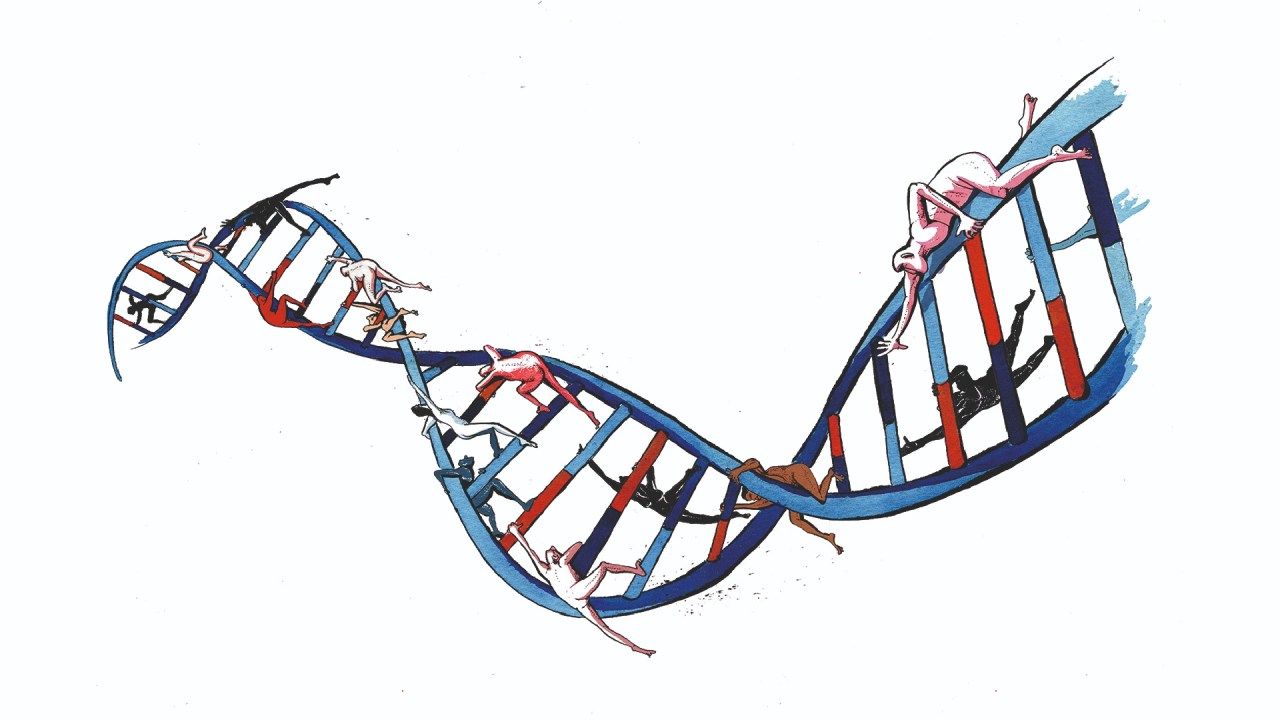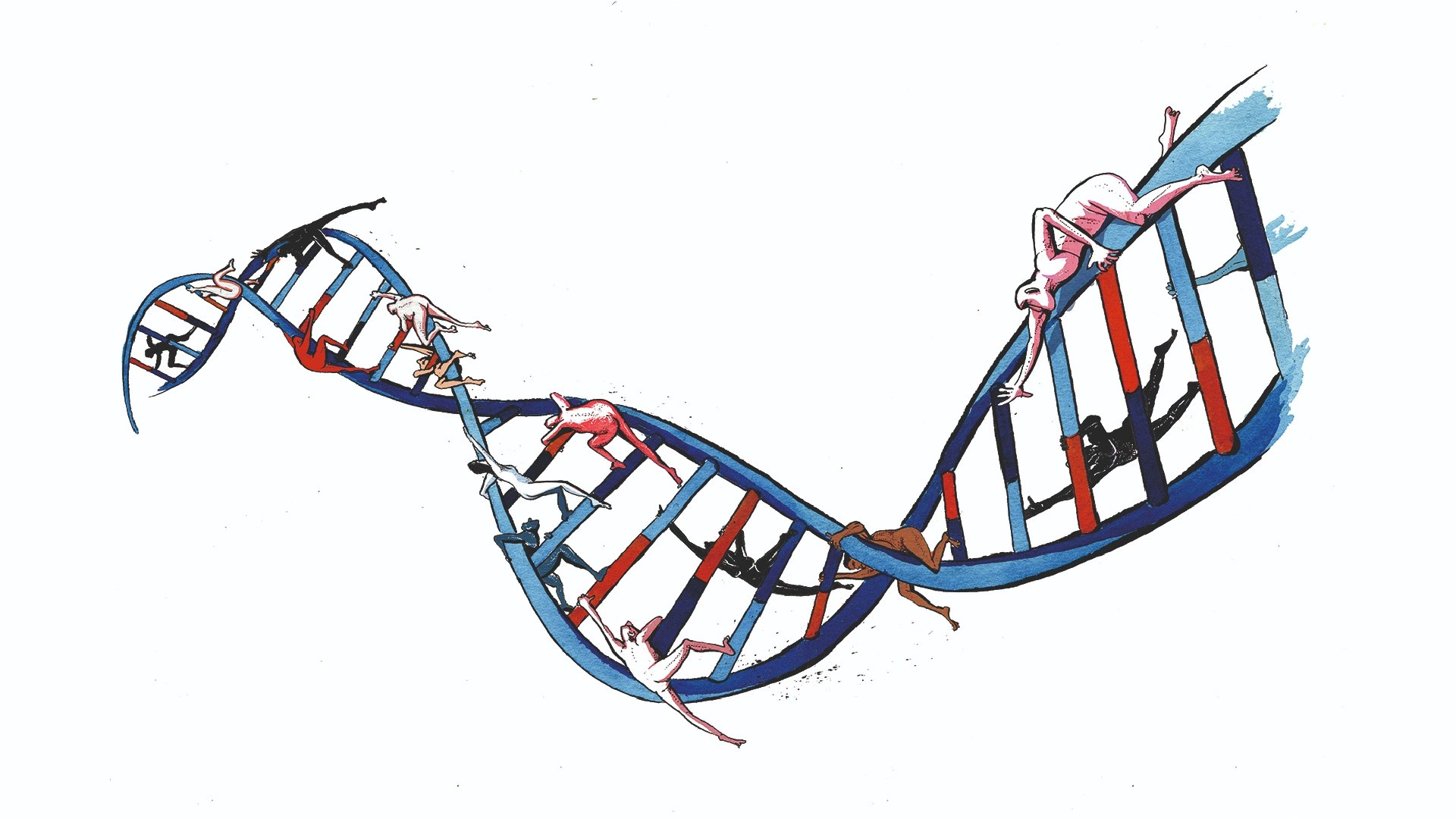When a man has spent 17 years in prison for a crime that he didn’t commit, there are many urgent questions about policing and the criminal justice system which need answering.
Andrew Malkinson, who will never get back those years after being wrongfully convicted of raping a woman in a violent attack in 2003, certainly deserves the answers.
Why did officers from Greater Manchester Police (GMP) single him out as a suspect? Why was strong evidence that pointed away from him, such as the absence of scratch marks caused by the victim, seemingly overlooked? Why did police fail to disclose to Malkinson’s lawyers vital documents showing the long criminal records of two prosecution witnesses? And why did the Criminal Cases Review Commission (CCRC), which investigates potential miscarriages of justice, take so long to obtain the documents and order fresh scientific tests on samples from the crime scene? The CCRC refused to refer the case to the Court of Appeal in 2012 and 2020 and did so in 2023 only after the charity law practice, Appeal, had done the digging themselves on the 57-year-old’s behalf.
The forensic tests that eventually were conducted were decisive. DNA matching someone other than Malkinson was discovered on the victim’s clothing and underneath her finger-nails. The Court of Appeal said the findings ‘seriously undermine the case against the appellant and directly implicate another man’. Last December, a 48-year-old was arrested; he remains under investigation by police.
Without this scientific breakthrough, Andrew Malkinson may never have cleared his name. Even GMP has admitted that he is the victim of a ‘grave miscarriage of justice’. It raises another important question: are we doing enough to exploit the use of DNA evidence – to convict the guilty and exonerate the innocent?
DNA, deoxyribonucleic acid, is the genetic material contained within most of the cells of the human body which determines our individual characteristics, such as sex, eye colour, hair colour and so on. Apart from identical twins, the profile obtained from our DNA is unique to each one of us – hence its value in identifying potential suspects from samples of saliva, semen, sweat, blood and hair left at crime scenes or on victims.
Since 1988, when Colin Pitchfork became the first person to be convicted of rape and murder on the basis of DNA evidence, it has become a feature of almost every sexual offence and major investigation. Without DNA, police would not have solved the murder of Rachel Nickell on Wimbledon Common; they would never have brought two of Stephen Lawrence’s killers to justice; and they would probably not have secured the conviction of two teenagers for the manslaughter of 10-year-old Damilola Taylor.
There are countless other less well known cases which owe their success to DNA. In June, 80-year-old John Apelgren was jailed for killing a woman in north London in 1974. Eileen Cotter, who was 22, had been found strangled by a block of garages in Finsbury Park. A DNA profile from samples on the victim’s body was developed many years later – and eventually matched to Apelgren, when he was arrested in 2019 for a separate offence.
If Apelgren hadn’t been arrested, Eileen’s killing would almost certainly have gone unsolved. That’s because DNA can be taken from someone only when they are arrested for a recordable offence, on national security grounds or if they agree to be swabbed voluntarily. There are also strict (and complex) rules governing how long DNA profiles can be stored for. Profiles of people who are convicted can be held indefinitely, with some exceptions for under 18s. DNA records of those charged but not convicted can be kept for up to five years; permission is needed to retain profiles from those arrested but not charged.
The rules around DNA record-keeping came into force in 2013 after the European Court of Human Rights declared that the blanket retention of innocent people’s DNA – the policy which had existed before – breached their right to privacy. As a result, 1.7 million profiles were removed from the national database. Across the UK, it currently holds the details of 5.8 million people – that’s less than 9 per cent of the population. The database also contains 685,000 profiles from crime scenes.
Logic suggests that the reduction in the size of the database has meant that some DNA matches which would have been picked up under the previous regime have been missed. There is also concern that police are not seeking permission to store profiles from suspects who’ve been arrested for serious offences, but not charged.
Between 2013 and 2022, 18 forces across England and Wales made less than ten requests and ten forces, including two of the largest – West Midlands and Merseyside – made none at all. The outgoing Biometrics and Surveillance Camera Commissioner, Professor Fraser Sampson, who deals with such requests, has said: ‘When we visit police forces and ask for this data… almost always we find ourselves sitting across the desk from a data protection officer rather than a detective.’
How much more efficient and effective would it be if everyone’s DNA was on the national database? Simpler for police, certainly; better for investigators, absolutely – plus it would be fairer. There would be no more claims about particular people or ethnic groups being disadvantaged or discriminated against because their records were held while others were not.
The idea is not new; it gained traction about 20 years ago. Peter Gammon, a former president of the Police Superintendents’ Association, Professor Sir Alec Jeffreys, the scientist who discovered genetic fingerprinting, and Sir Stephen Sedley, a Court of Appeal judge until 2011, were among those in favour, though Sir Alec later changed his mind and Sir Stephen maintained he’d been misrepresented.
The costs of setting up and maintaining such a database, which would now have to hold 67 million profiles, and concerns that it would be disproportionate for everyone to be included when most citizens are law-abiding, halted the idea in its tracks and remain powerful arguments against the move today as well. But it is time for a debate.
Andrew Malkinson’s 17-year ordeal is a sobering reminder of the weaknesses of identification evidence, the impact of disclosure failings and flaws in the appeals process – but there is a positive story too. DNA helped to free an innocent man; we should take every opportunity to maximise its use.







Comments